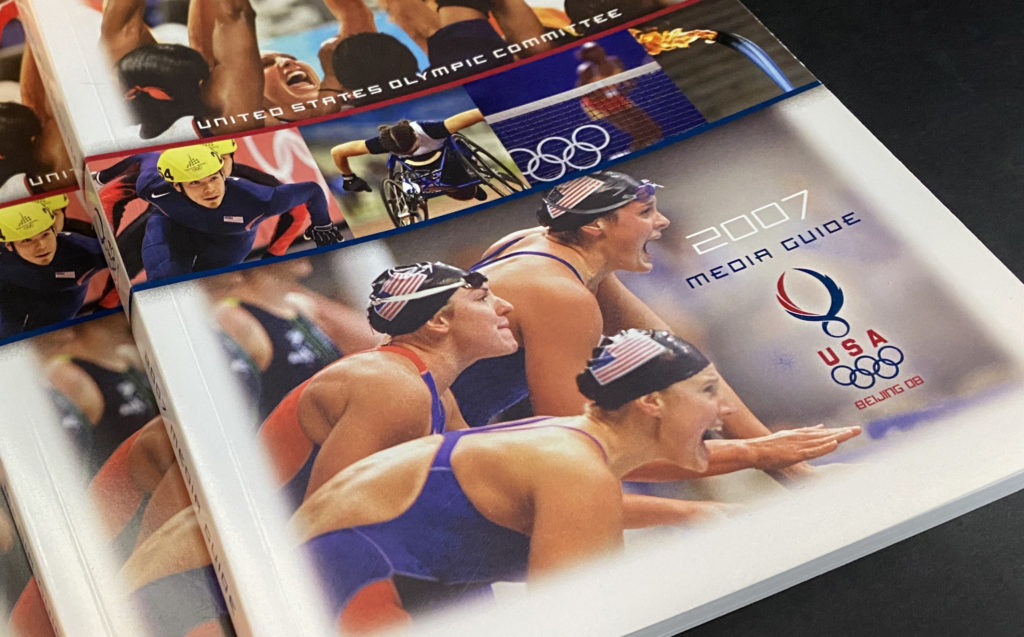Since 2002, APEX has been privileged to work with the United States Olympic Committee to produce media guides for nine straight Olympic Games. And while the tradition and history of the Olympics have remained consistent over the years, the format of the media guides has undergone a dramatic transformation since we created the first of these essential communication tools almost two decades ago.
The official media guides for the USOC (now the USOPC) have been the key informational tool provided to the media covering Team USA at Olympic Games events. Each guide contains a massive amount of information, some even including complete athlete rosters and bios, all-time historical records, and previews for each Olympic sport competing in the Games. For the Summer Games, which typically feature 2-3 times as many sports as the Winter Games, the media guides have reached nearly a thousand pages of content.
Traditional printed books were the format of the early Games media guides we created for the USOC. The lengthy printing process for such large publications precluded our ability to include team rosters and athlete bios simply because most of the Olympic sports don’t select their final athletes to represent Team USA until a few weeks before the Games begin. Even so, these still-robust books were collectible items and valuable resources for media professionals looking for historical and organizational background info for their coverage of the events.
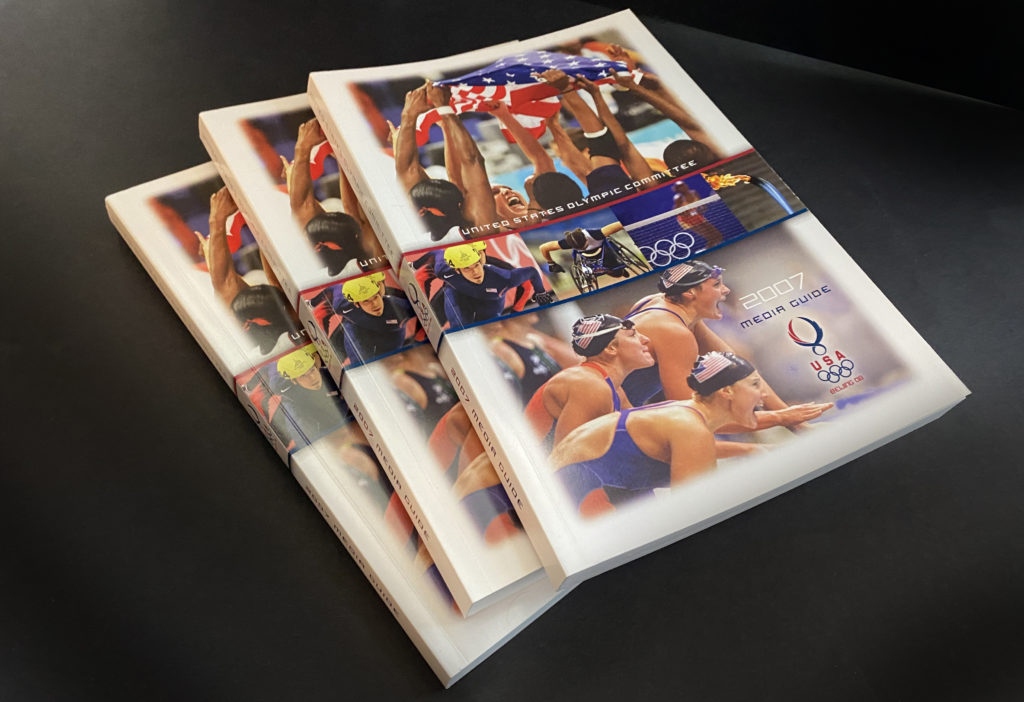
As digital technology advanced, the media guide format evolved to a CD with customer-designed sleeve packaging. Not only did it save the organization thousands of dollars in printing and shipping costs, but it shortened the production time. This critical change allowed for the guides to include team rosters and athlete bios for the first time. Reporters were now provided with much more extensive research tools that also slipped conveniently into their laptop computers for easy on-site access.
In addition to the design and production of the extensive media guide content, APEX created unique, self-contained die-cut sleeves.
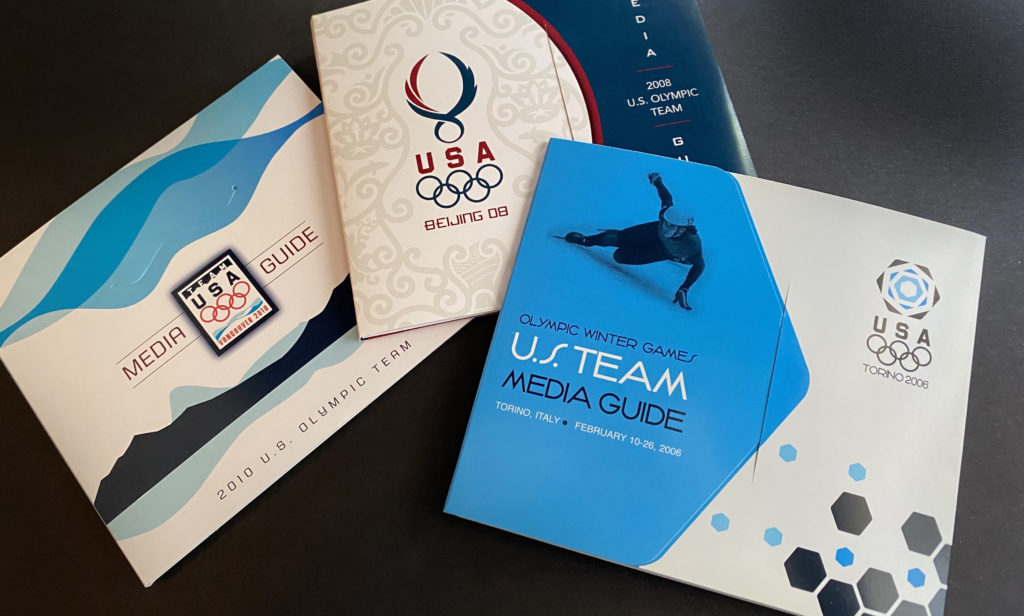
These digital media guides were created as interactive interfaces that featured animated graphics and clearly organized and accessible content to help generate interesting and accurate media reporting on Team USA during the Games.
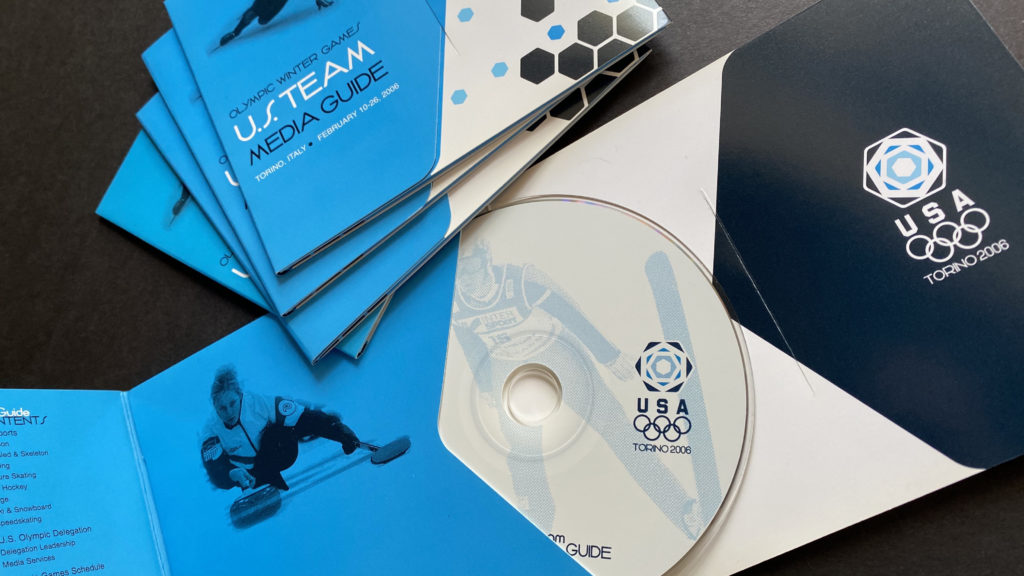
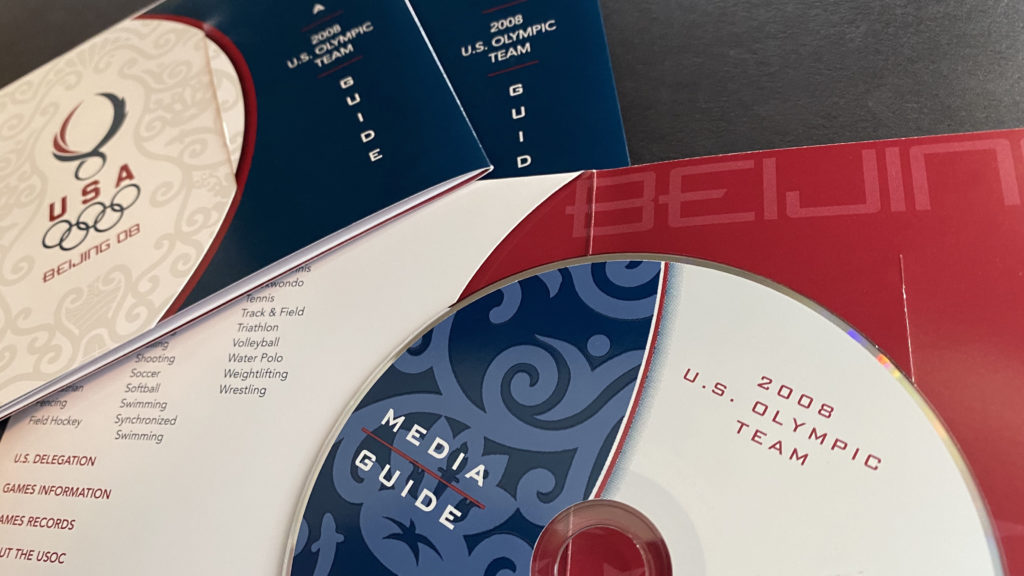
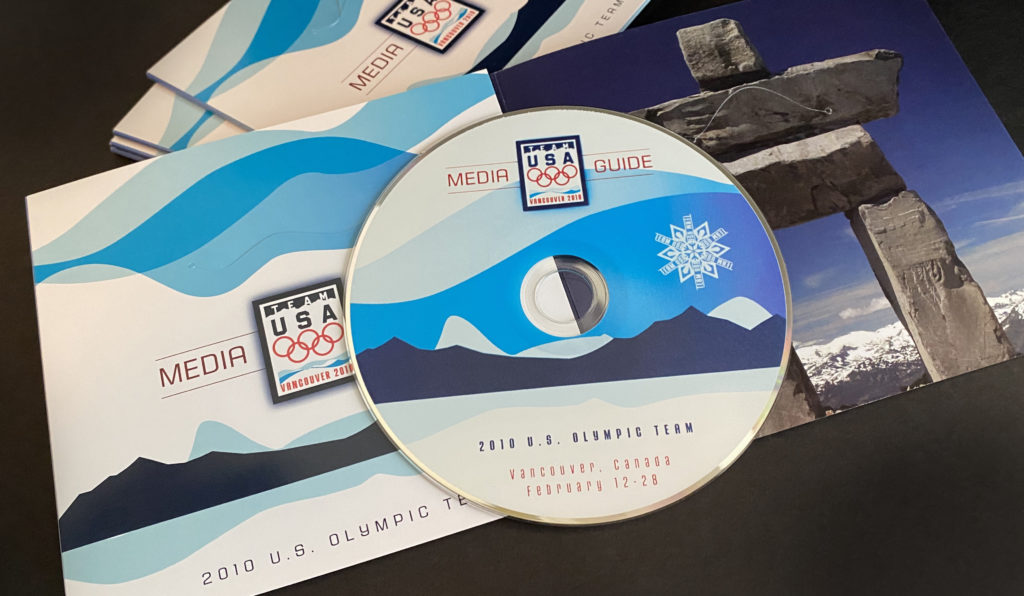
As more advanced digital opportunities became available, the media guide format changed again. For the 2012 London Games, the content was burned to a credit card-sized USB drive, and delivered to the media complete with a handy plastic pouch and neck lanyard.
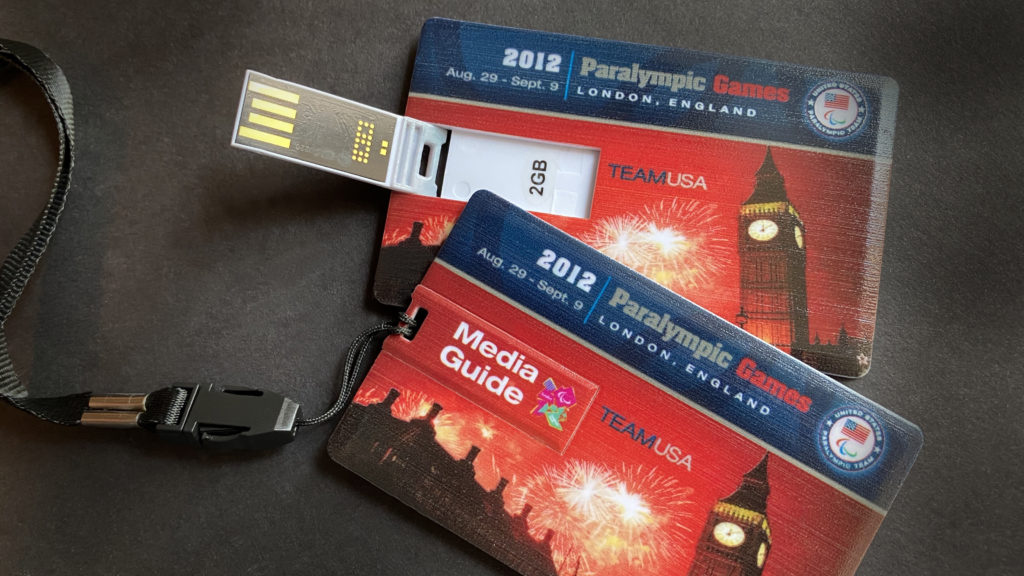
Beginning with the Rio Summer Olympic Games in 2016, technology and internet access issues (which could previously be spotty in the potentially remote areas where certain sporting events were held, especially in winter) had been overcome. This latest evolution of the media guides turned to an all-digital content direction. The athlete rosters and bios for the Games shifted to become an integral part of the Olympic and Paralympic websites. This left the overall Olympic history and records to become the sole focus of APEX, who partnered with digital publisher APUBZ, Inc. to create a series of interactive digital flipbooks. This ensured that the content for Summer, Winter and All-Time Olympic history was easily viewable on all devices from desktop computers to smartphones.
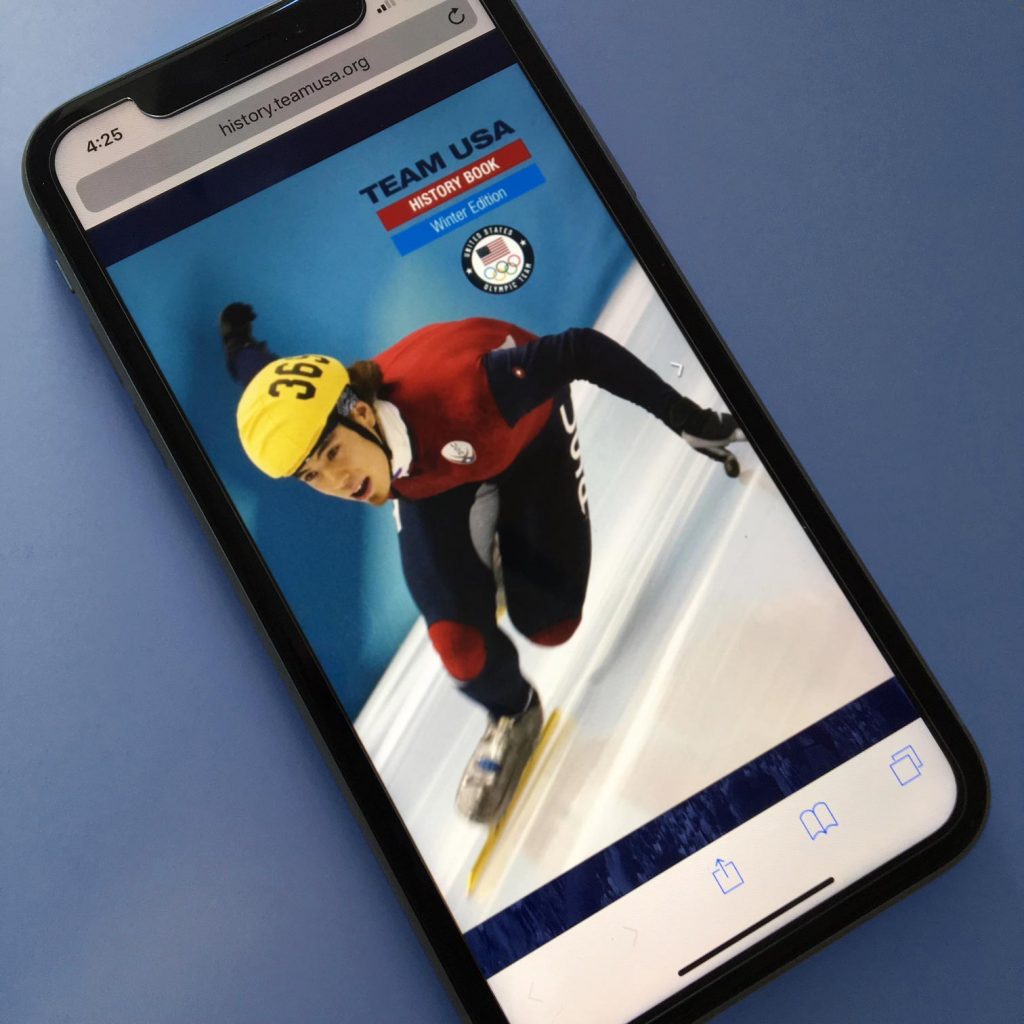
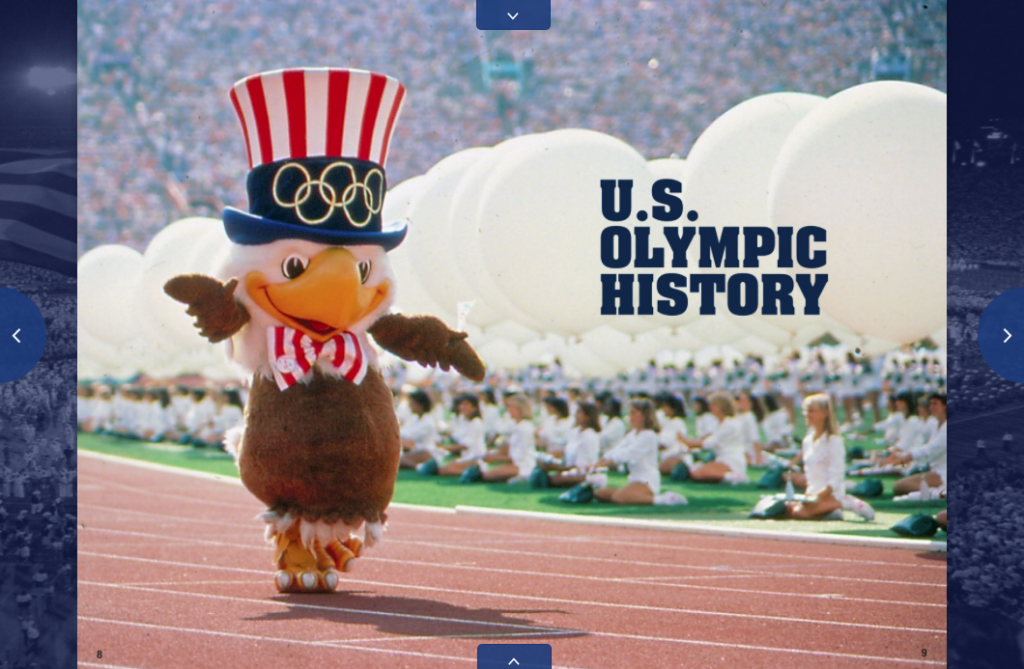
Although the Olympic and Paralympic media guide projects could be complex and time-critical to create, the numerous USOPC clients and APEX project associates involved over the years made them some of our most educational, rewarding, and enjoyable experiences. You could even say it was a series of gold medal-winning projects in our APEX history.
So if you’re looking for a branding and design partner to help you reach the top step of the podium on your next project or event, contact us today. Consultation and estimates are always free.
